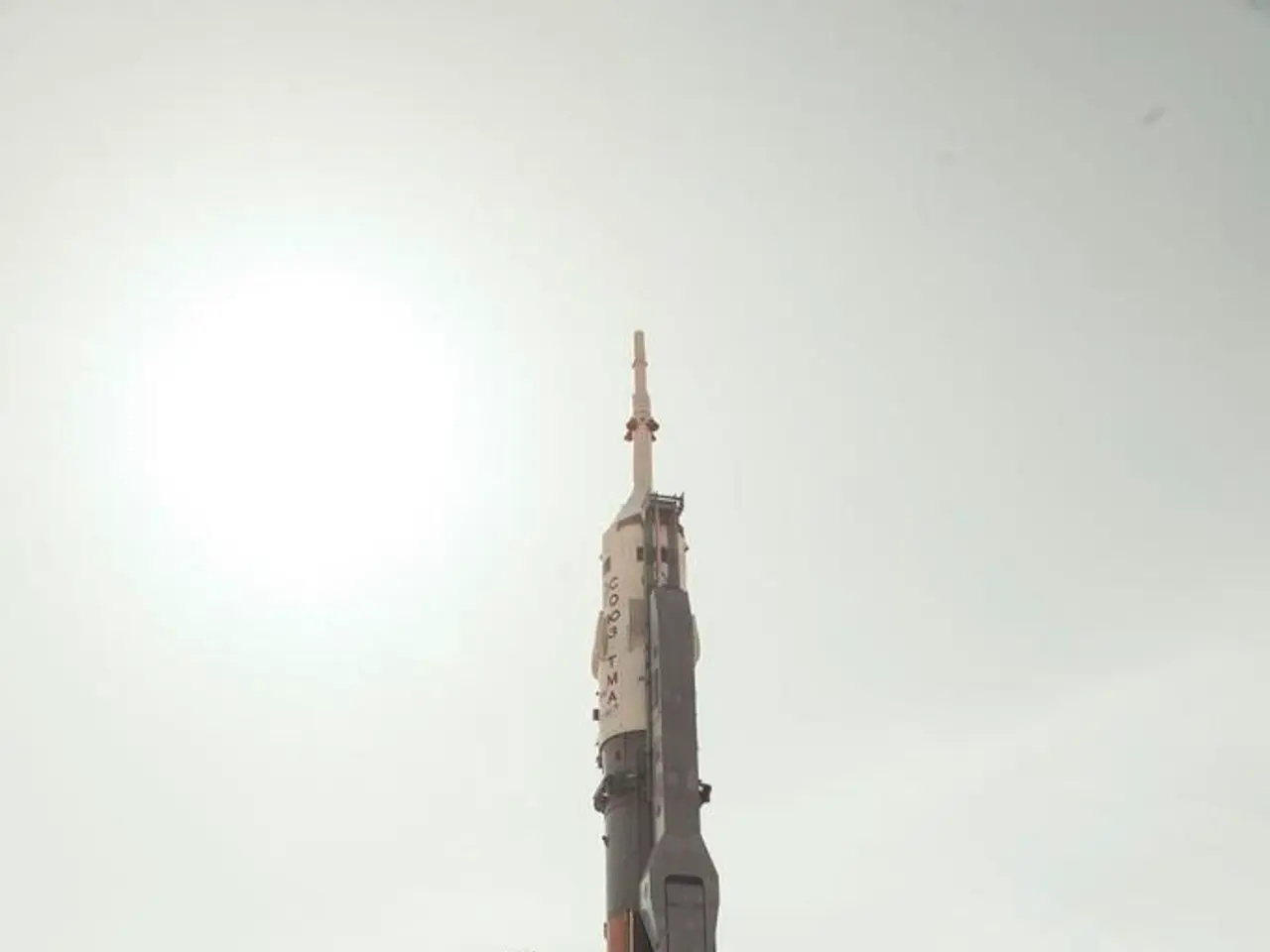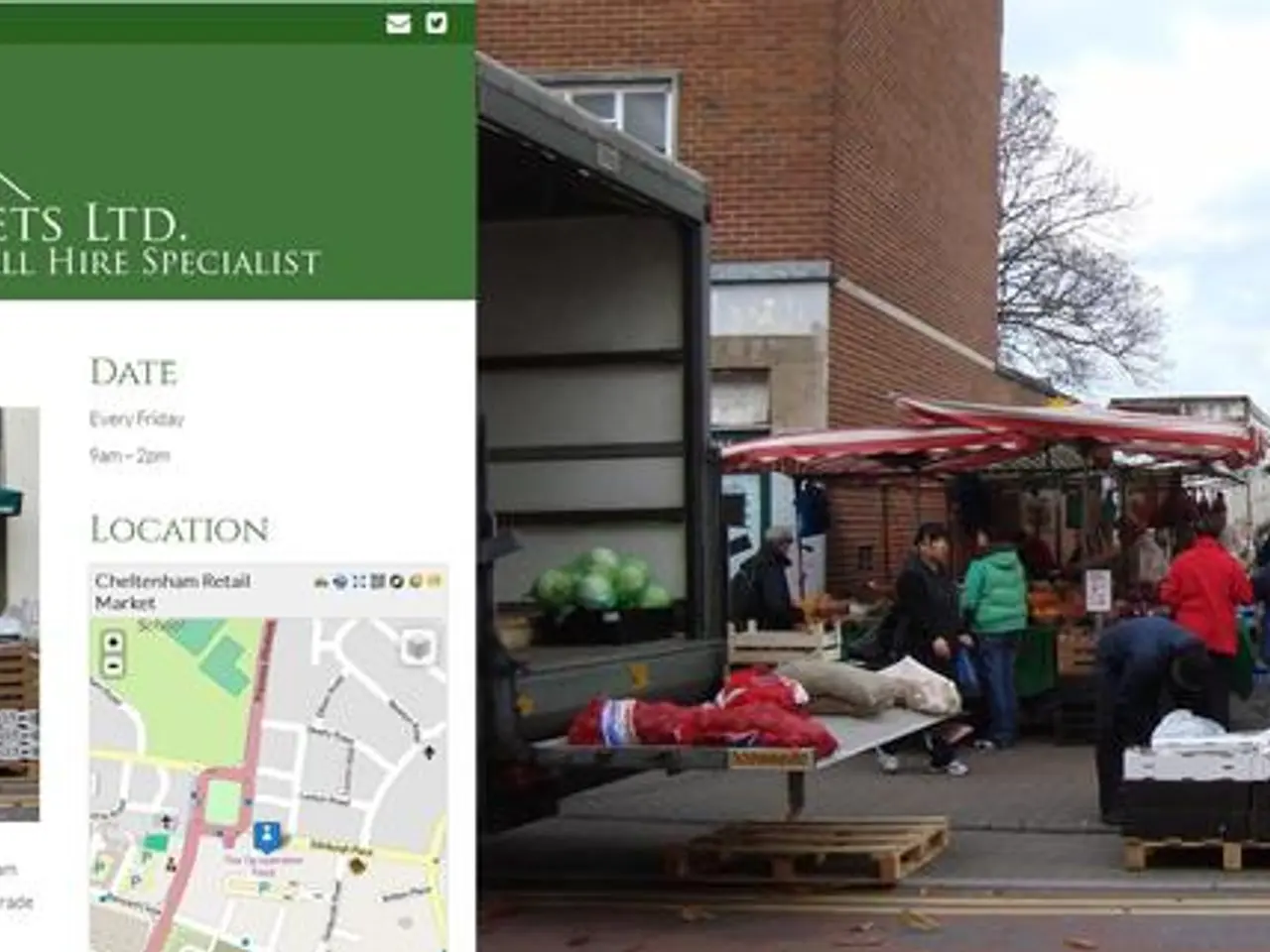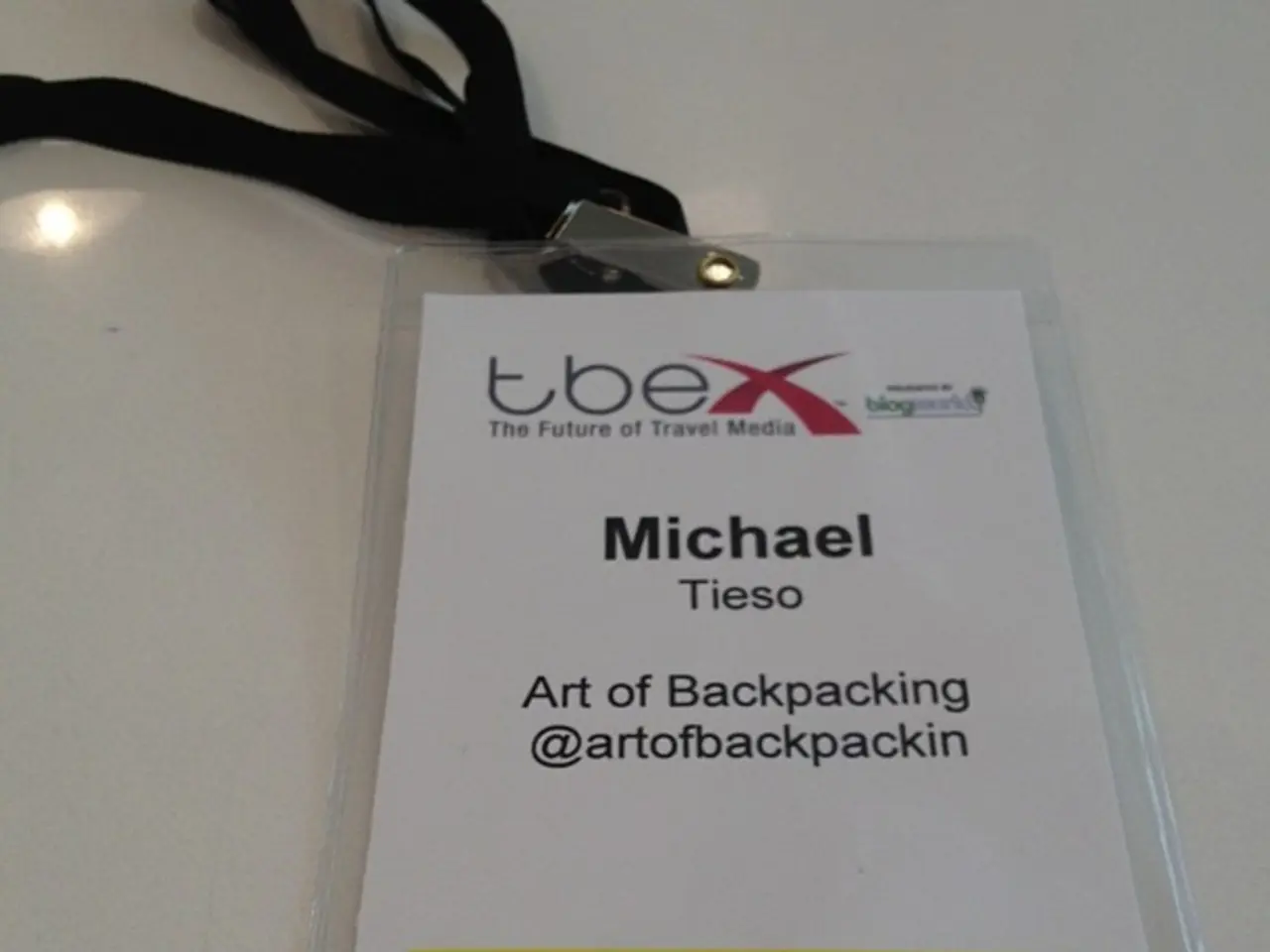Hacktivists and other entities, along with state-sponsored groups, coordinating activities to infiltrate critical infrastructure systems.
In the realm of cybersecurity, the collaboration between state-linked threat groups and non-state actors has emerged as a significant concern, particularly in relation to critical infrastructure. This trend, which blurs the lines between state and non-state actors, reflects nations' efforts to amplify their cyber threats by leveraging non-state capabilities.
Recent attacks against critical infrastructure providers have been a cause for alarm. Iranian-linked hackers, for instance, have been identified as a potent threat, often targeting U.S. firms and critical infrastructure. Groups such as MuddyWater, APT33, OilRig, and CyberAv3ngers have been implicated in sophisticated cyber-espionage and sabotage operations, often focusing on critical infrastructure and government entities. U.S. agencies have issued warnings about potential attacks on utilities, tech firms, and companies with Israeli partnerships.
Authoritarian states like Russia, China, and North Korea have also developed unique strategies for incorporating non-state capabilities into their cyber operations. Russia offers safe haven to criminal groups, while China accelerates its domestic hacking industry. North Korea creates extraterritorial bridgeheads for its operators.
One such group, Volt Typhoon, has been the subject of a stark FBI warning for targeting critical infrastructure in the U.S. Although not recently mentioned in reports, similar groups like Fox Kitten (also known as Pioneer Kitten) operate as part of Iran's broader cyber-espionage and sabotage apparatus.
Another group linked to the Iranian Revolutionary Guard Corps (IRGC) has been associated with various hacktivist groups conducting malicious cyber activities. These groups often align their operations with Iranian geopolitical goals, targeting critical infrastructure and strategic entities.
The synergy between state-linked threat groups and non-state actors poses a significant threat to global cybersecurity, especially in the context of critical infrastructure. As these threats evolve, it's crucial for organizations to stay vigilant and implement robust security measures to mitigate potential attacks. The attacks are aimed at industrial sectors, serving the objectives of rogue nations while providing cover of deniability. The report was released at a critical period in the U.S., as state-linked threat groups, hacktivists, and financially-motivated threat groups have increasingly targeted key industries in the U.S. Volt Typhoon, for example, has been targeting some very small and strategic sites in addition to larger ones.
In this ever-evolving cyber landscape, the collaboration between state-linked threat groups and non-state actors underscores the need for continuous vigilance and proactive measures to safeguard critical infrastructure from potential cyber threats.
- The collaboration between state-linked threat groups, such as Volt Typhoon and Iranian-linked hackers, and non-state actors, like Fox Kitten, poses a significant threat to global cybersecurity, particularly in the protection of critical infrastructure.
- The trend of state-linked threat groups, like those from Iran and authoritarian states like Russia, China, and North Korea, incorporating non-state capabilities into their cyber operations raises concerns regarding the security of technology in politics and general news.




